The Temple Mount in Jerusalem is a Hoax
WAIT, THE TEMPLE WASN’T ON THE TEMPLE MOUNT…?
WE WERE in Austria, just south of Munich. It was Sabbath. I had only recently fallen into a Venice canal but that’s an entirely different incident. We were reading our Torah portions as a family and listening to commentary, with a spectacular view of the Alps to engage us, and it suddenly occurred to me that the commentator did not believe the temples of Solomon or Herod had ever sat upon the Temple Mount. This intrigued me. Namely because I have been to Jerusalem on multiple occasions and the Wailing Wall never sat right with my spirit. And I refused to journey upon the Mount. I simply refused. I can tell you now it had something to do with Yahashua’s words and believing that every stone of the temple in Jerusalem was literally thrown down. But we’re also dealing with days past when cognitive dissonance got the better of me. Nowadays I hone into the soft whispers of the soul like a screaming tornado siren.
The commentator said something about Fort Antonia, which I’d undoubtedly heard about before but never in this direct context. Also, the City of David, the threshing floor, Zion, the first book of Maccabees, and some guy named Bob Cornuke. Those were my only clues to start with. I rarely go anywhere without my leather notebook, even if it’s from the bed to the toilet or the fridge. We were in the living room, by the way. I scribbled down whatever information he offered and then kept my pen suspended directly above the page, hoping something else might come along. My wife sat by my side, listening intently to everything that was being suggested while simultaneously, and rather energetically, falling into vociferous agreement, as if he were speaking to us in the same room rather than our computer screen.
“Uh-huh! That’s right! Fake! It’s totally fake! Yup! Mm-hmm! Absolutely! It’s an imposter! Uh, so true!”
She then turned to me with spousal disgust, particularly due to the fact that I was scribbling notes down, and said: “What, You didn’t know that already?”
Bob Cornuke sounded like the sort of informant I should be listening to. I was able to track down a video interview with Chuck Missler, but I really despise researching weighty matters through video, and what I did watch didn’t help much. Not much else of his was coming up online. I needed words. Cornuke had written a book some years back, probably about the time of his Missler interview. It’s called Temple. But we were living in the European Union and Temple was not available for sale in any of her countries. That was a huge red flag. I knew I was onto something. It also meant I’d be inquiring for further information on my own.
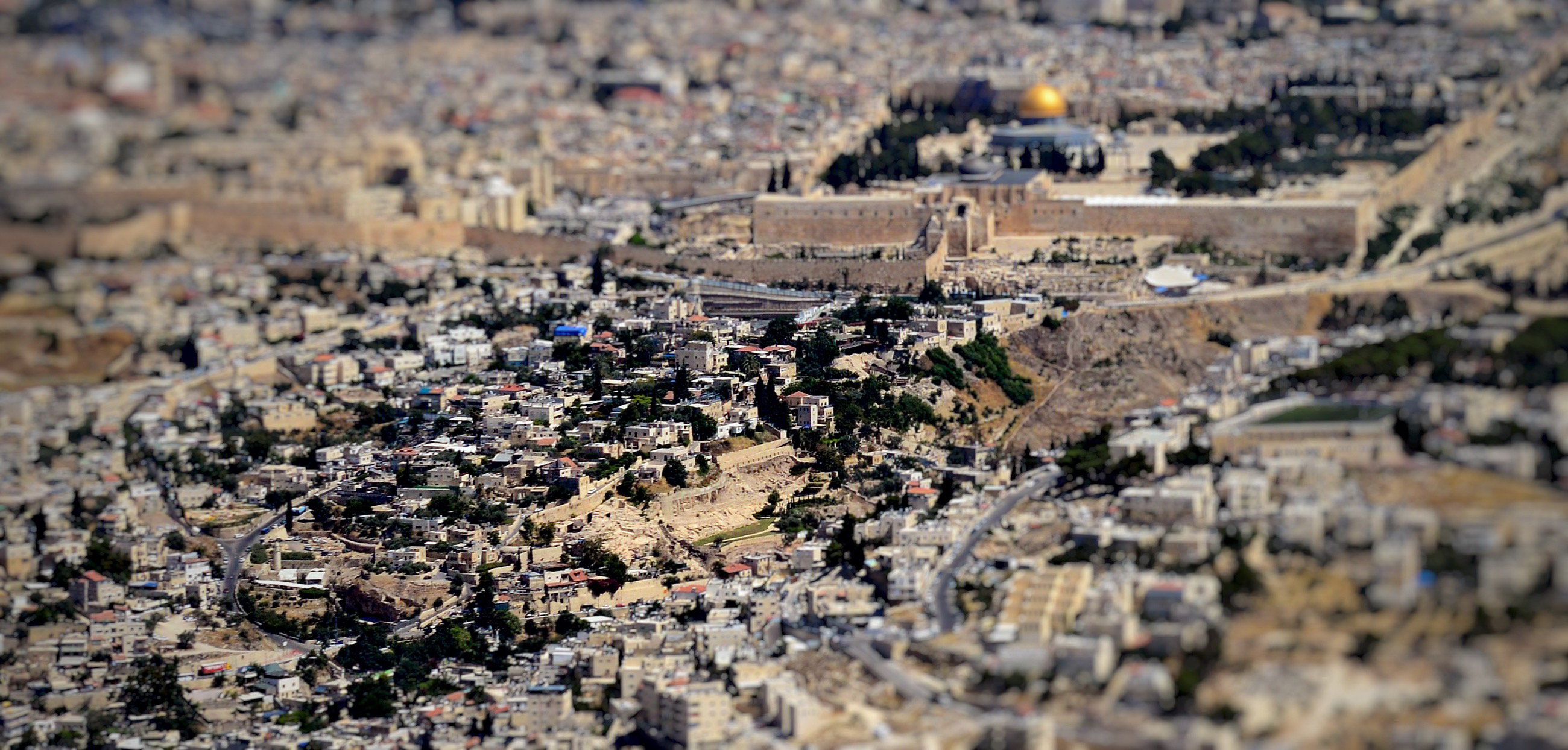
LOOKING TO ZION
I began my investigation by turning to the most obvious source. Hebrew Scripture. I had always assumed Scripture pinpointed the temple’s exact location and that the Temple Mount was the obvious x-marks the spot. I was wrong. Obviously, the tabernacle had once resided in Shiloh (Joshua 18:1). I knew that much. What I wanted to understand was where precisely Solomon had erected the temple. A threshing floor was scribbled down in my notebook. Seemed as good a place as any to start. A quick search brought up the following:
Now Solomon began to build the house of Yahuah at Jerusalem on Mount Moriah, where Yahuah had appeared to his father David, at the place that David had prepared on the threshing floor of Ornan the Jebusite.
2 Chronicles 3:1
Mount Moriah. Jerusalem. Lots of history there. Got it. Abraham almost sacrificed his son Isaac upon Mount Moriah. Later on through the centuries, some guy named Ornan the Jebusite groomed a threshing floor there. In turn, Solomon built Yahuah’s house upon it. 2 Chronicles says a lot and seemingly very little. All I could visualize here was the Temple Mount. But I made a mental note of Jebusite. That may be important. The City of David was also scribbled down in my notebook, and since David had prepared the plot, that seemed like the next natural place to turn. Another online search reaped the following reward.
Nevertheless David took the stronghold of Zion (that is, the City of David).
2 Samuel 5:7.
Zion and the City of David. That’s two birds with one stone. This is of critical importance, as Scripture tells me they are both the same. Another reference could be found in 1 Chronicles.
And David and all Israel went to Jerusalem, which is Jebus, where the Jebusites were, the inhabitants of the land. But the inhabitants of Jebus said to David, “You shall not come in here!” Nevertheless David took the stronghold of Zion (that is, the City of David).
1 Chronicles 11:4-5
And there it is. Jebusites. The stronghold of Zion was taken from Jebusites. Mount Zion was the name given to the Jebusite fortified city on the lower part of ancient Jerusalem’s south-eastern hill. Here’s one more verse I found which speaks to the strength of the argument.
In Salem also is his tabernacle, and his dwelling place in Zion
Psalm 76:2.
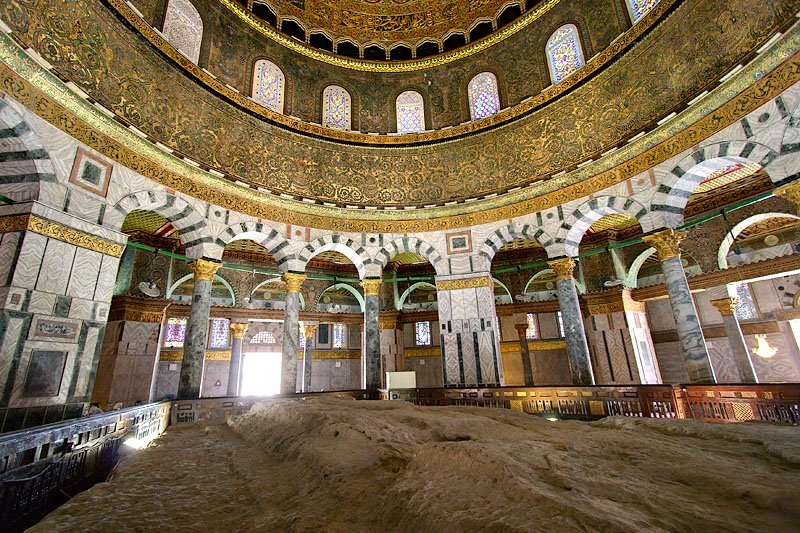
THE AKRA, MILLO, AND OPHEL
FINALLY FEELING well versed on the topic, I thought it might be a good idea to grow better accustomed with the terrain. Though I have been to Jerusalem twice, as of this writing, I did not think it was a good idea to ask my wife if I could purchase another plane ticket and a week’s accommodation, just to pen this article. I needed to comb the valleys and hills, but the picturesque internet, guided by my memory and intuition, would have to do.
The City of David was roughly 12-acres in size. I checked, this small swath of land did not include the 36-acre Temple Mount. Some will argue that the Temple Mount was the threshing floor mentioned in 2 Chronicles 3:1, and therefore resided beyond the city limits, but it is located a third of a mile to the north. Far more importantly, the slab of rock under the Dome doesn’t even look like a threshing floor. I looked up numerous threshing floors online, and none of them even remotely compare. The Dome of the Rock was planted on top of a rock. By this point in my investigation, I wasn’t ready to focus upon the Dome quite yet. Plant a red flag there and we shall return to it in my next paper. Mm-hmm, there’s more to come.
The Kidron Valley cuts a path to the east of both Jerusalem and the City of David, separating them from the Mount of Olives. But the Gihon Spring resides below the City of David and not the Temple Mount. Take a note of that. Once again, we’ll save that very important detail for my next paper. Something else that immediately grabbed my interest, in direct relation to the location of the Temple, was the Hinnom Valley, which runs directly behind, or rather to the south of the City of David. This is Gehenna. Yahushua had much to say on the location. I have just placed the Gehenna judgement within sight and smelling distance of the Temple. This is a topic which I have long been passionate about, because Hebrew Scripture describes a mortal soul, easily destroyed as a thistle in the flames, and not an indestructible immortal soul awaiting eternal torment, as advocated by Plato and Hellenized Christians. You can read about it here. Death Shall Be No More. And here, This Side of Gehenna.
Here’s something else I learned while scouting out the terrain. There are three important names which we need to learn and memorize, and they are: Akra, Millo, and Ophel. The Akra was another name for the City of David. The Millo was the space between the City of David and Jerusalem. Ophel relates to a fortified hill, and likely pinpoints where the Temple was.
Then David dwelt in the stronghold, and called it the City of David. And David built all around from the Millo and inward.
2 Samuel 5:9
Nobody really knows what the Millo is. Wikipedia claims it was a Jebusite land bridge which connected the City of David to modern Jerusalem, but some translations of Scripture have identified it as a landfill. If I had to choose one or the other, a sloping landfill seems far more likelier. I’ll say why in a second. And besides, archeologists can’t even tell the difference between the temple’s foundation and a Roman fort. Actually, scratch that. Archeologists do know the difference, and they’re lying to you about it. The Zionists are lying to you about it too. Everyone is. But that’s the subject of my next paper. Meanwhile, we can clearly see that David did not build into or beyond the Millo. It was Solomon who built the Milo.
And this is what caused him to rebel against the king: Solomon had built the Millo and repaired the damages to the City of David his father.
1 Kings 11:27
Nothing about a proposed land-bridge screams out at me here. What Solomon essentially did, through forced labor, was to design the Millo between the City of David and modern Jerusalem so as to be easily traveled, as well as inhabitable. A picture of their union is formed in Psalm 122.
Jerusalem is built As a city that is compact together
Psalm 122:3
Today, what remains of the Millo, or rather Solomon’s sloping ridge, is clearly visible.
Two cities became one.
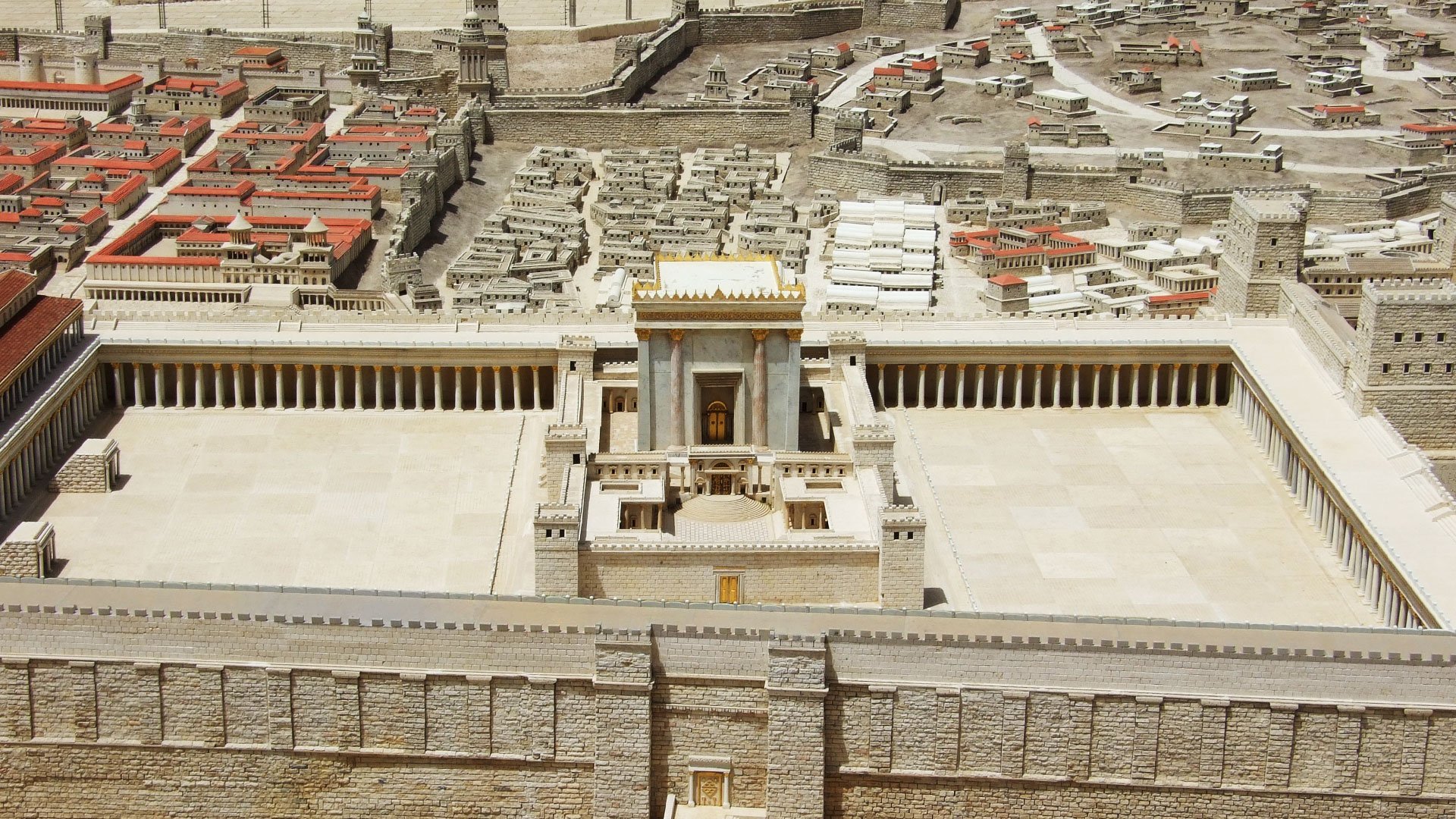
FORT ANTONIA
MY NOTEBOOK reminded me that I needed to look into First Maccabees at some point in time. Now seemed as good a time as any. Researching Maccabees sent me down all sorts of rabbit trails, but for the purposes of this paper, I needed to know when that big slab over Jerusalem first appeared, if neither David nor Solomon had groomed the rock below the Dome. Maccabees didn’t disappoint. The often ignored book circled me right back towards the construction of the Temple Mount. No, we’re not talking about the threshing floor on Zion anymore. We’re talking about the Temple Mount. In its very first chapter, Maccabees let me know that foreign powers built strong towers in order to Hellenize the Hebrews. This didn’t go well. Something called the Maccabean Revolt followed.
And they built the city of David with a great and strong wall, and with strong towers, and made it a fortress [acra] for them: And they placed there a sinful nation, wicked men, and they fortified themselves therein: and they stored up armor, and victuals, and gathered together the spoils of Jerusalem; And laid them up there: and they became a great snare. And this was a place to lie in wait against the sanctuary, and an evil devil in Israel.
1 Maccabees 1:35-38
I put special emphasis on fortress. This is because Acra, its translated Greek counterpart, derives from the acropolis and signifies a lofty fortified place overlooking a town. We are witnessing the beginnings of the Temple Mount. Within another dozen chapters, Maccabees let me know that the temple sat on a hill very near to the tower.
He ordained also that that day should be kept every year with gladness. Moreover the hill of the temple that was by the tower he made stronger than it was, and there he dwelt himself with his company.
1 Maccabees 13:52
“Now on the north side [of the temple] was built a citadel, whose walls were square, and strong, and of extraordinary firmness. This citadel was built by the Kings of the Anemone race, who were also High Priests, before Herod; and they called it the tower…But for the tower itself, when Herod the King of the Jews had fortified it more firmly than before, in order to secure and guard the temple, he gratified Antonius; who was his friend, and the Roman ruler; and then gave it the name of the tower of Antonia”
Antiquities of the Jews, Book XV, chapter XI
So far, I have only read a snippet of Josephus, and this is what I learned.
- The citadel was to the north of the temple. It’s walls were square, strong, and extraordinarily firm.
- Strengthening its fortifications was a project of Herod.
- Herod then named the citadel after his friend, Marc Antony. Mm-hmm, same guy who incited a bloody civil war with Rome in order to climb into Cleopatra’s bed.
- Wait, the Kings of the Anemone race were also the temple’s High Priests? See what I mean? Rabbit trails.
If there was any doubt still left in my mind, Josephus gives the location of the temple away beyond any reasonable doubt in War of the Jews.
“Now as to the tower of Antonia, it was situated at the corner of two cloisters of the court of the Temple; of that on the west, and that on the north. It was erected upon a rock of fifty cubits in height, and was on a great precipice. It was the work of King Herod, wherein he demonstrated his natural magnanimity. In the first place, the rock itself was covered over with smooth pieces of stone, from its foundation, both for ornament, and that any one who would either try to get up or to go down it might not be able to hold his feet upon it. Next to this, and before you come to the edifice of the tower itself, there was a wall three cubits high; but within that wall all the space of the tower of Antonia itself was built upon, to the height of forty cubits. The inward parts had the largeness and form of a palace it being parted into all kinds of rooms and other conveniences, such as courts, and places for bathing, and broad spaces for camps; insomuch that, by having all conveniences that cities wanted, it might seem to be composed of several cities.
By its magnificence it seemed a palace. And as the entire structure resembled that of a tower, it contained also four other distinct towers at its four corners; whereof the others were but fifty cubits high; whereas that which lay upon the southeast corner was seventy cubits high, that from thence the whole Temple might be viewed, but on the corner where it joined to the two cloisters of the Temple, it had passages down to them both, through which the guard (for there always lay in this tower a Roman legion) went several ways among the cloisters, with their arms, on the Jewish festivals, in order to watch the people, that they might not there attempt to make any innovations; for the Temple was a fortress that guarded the city, as was the tower of Antonia a guard to the Temple, and in that tower were the guards of those three. There was also a peculiar fortress belonging to the upper city, which was Herod’s palace, but for the hill Bezetha, it was divided from the tower Antonia, as we have already told you, and as that hill on which the tower of Antonia stood was the highest of these three, so did it adjoin to the new city, and was the only place that hindered the sight of the Temple on the north.”
War of the Jews, Book V, chapter VIII
Again, Josephus provides the identity of the Temple Mount without any reasonable doubt. It is Fort Antonia. Here is what I learned.
- Antonia was a project of Herod. He built the Roman fort upon a rock 50 cubits in height, situated upon a great precipice. Just by reading this, it appears to be the highest mound, thereby casting its shadow upon every other mound in Jerusalem.
- The temple was a fortress which guarded the city, whereas Antonia was a fortress which guarded the temple.
- Antonia was a city unto itself. It had inner-courts, places for bathing, and broad spaces for camps.
- Antonia had four distinct towers at each of its four corners. Josephus says they were 50 cubits high, with the exception of the southeast tower, which was 70 cubits high. I looked up those measurements, and we’re dealing with 75 foot-high and 105 foot-high towers, respectively.
- From the southeastern tower, the Romans could obnoxiously watch the activity of every man, woman, and child in the temple below.
- The Temple and Antonia were connected by two covered bridges, not a slab or rock.
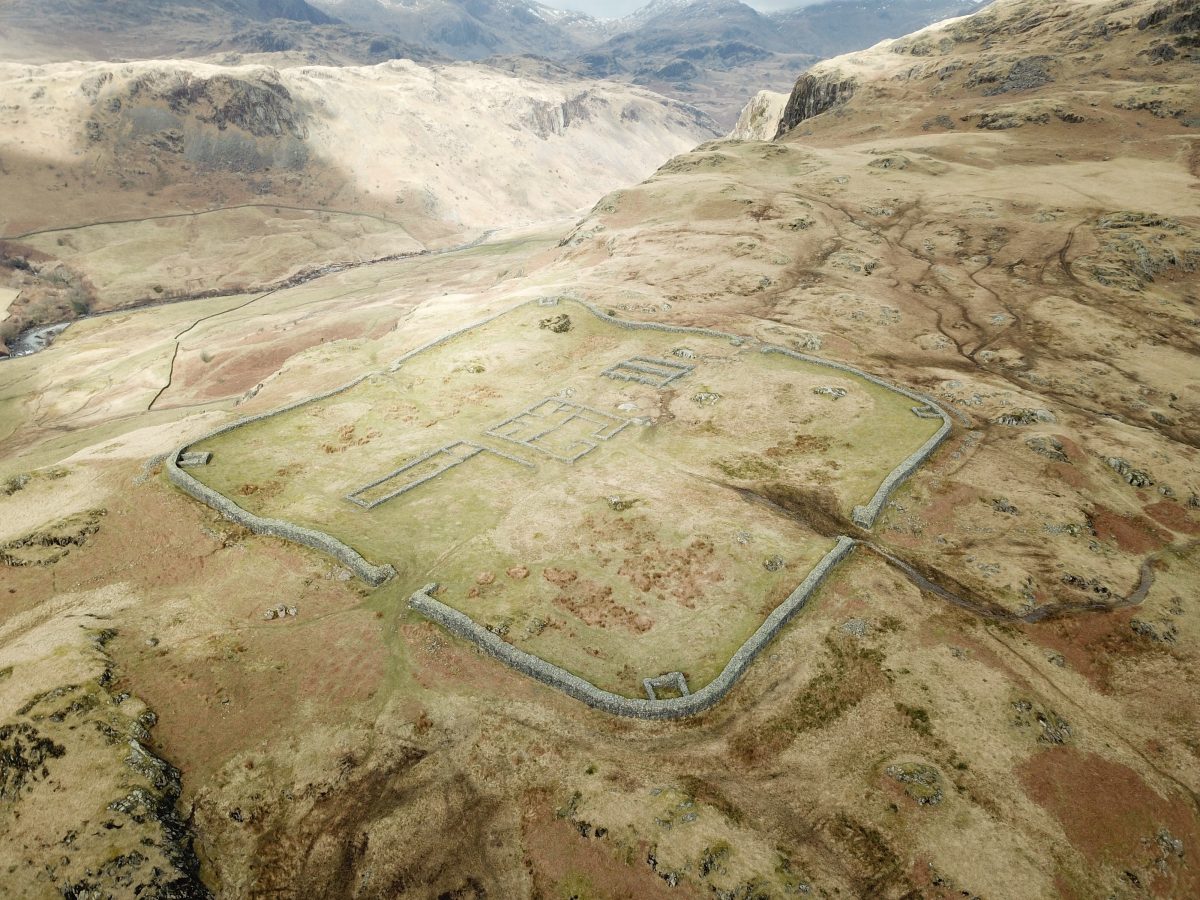
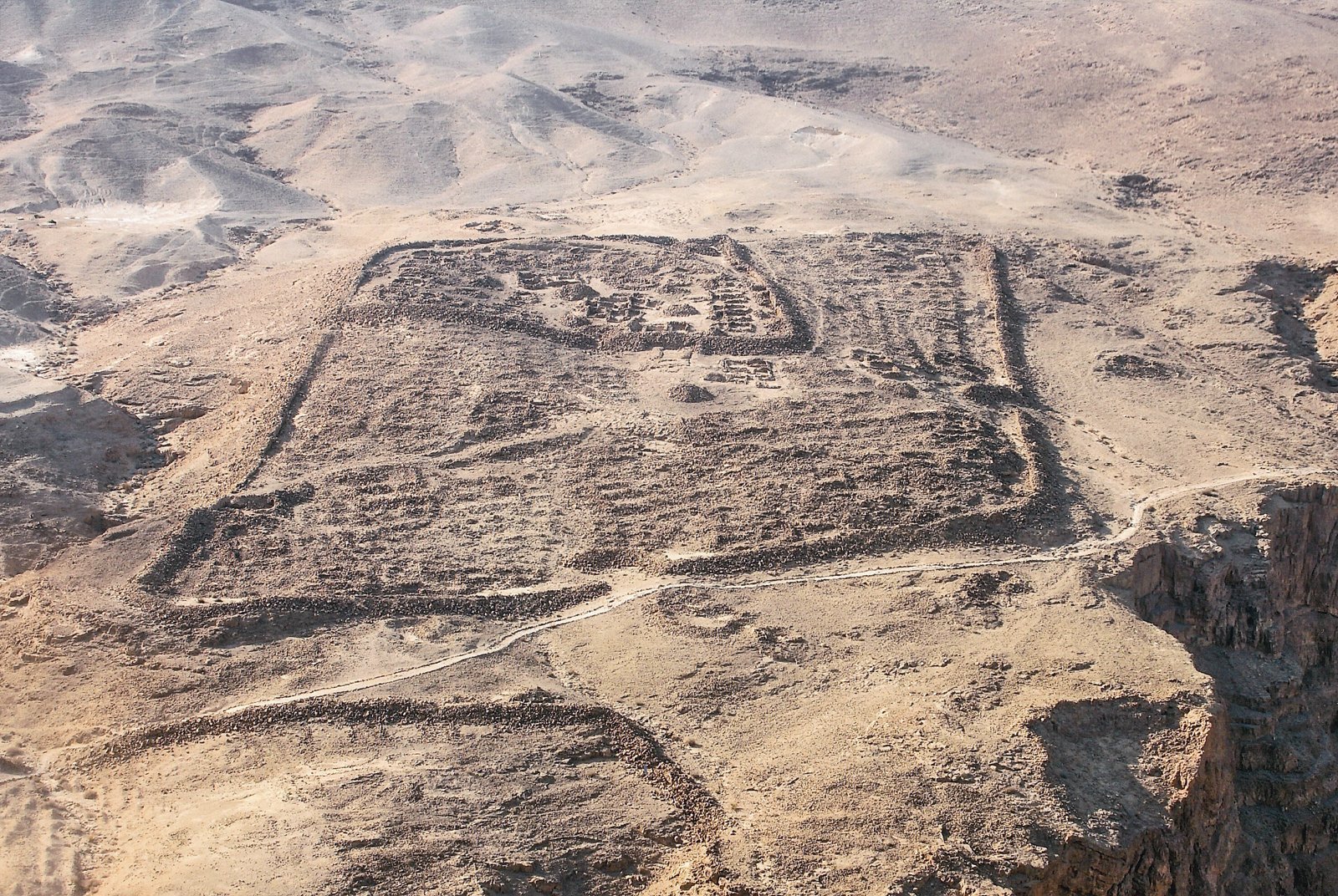
See, here’s the thing about the Temple Mount in Jerusalem which no mainstream historian or archeologist will dare let you know about. Fort Antonia looks like a Roman fort. It is also the size necessary and provides all of the same functions as a Roman fort. It is furthermore not coincidental. I snooped around online, and I came to the following conclusion. In terms of Roman forts, Antonia was cookie cutter. That is not to say that Herod did not decorate Antonia with his own flamboyant flourishes, but fortresses like Antonia dotted the Roman Empire, ruins of which can still be found in Spain, Britain, and Germany. The two above pictures are that of the Hardknott Roman Fort in England and the Roman fort in Masada. Neither received Herod’s funding, and both were hastily made. Masada particularly. The Roman fortress at Sergiopolis in Syria is still standing to this day. Similarities between the two are striking. Sergiopolis holds 40-acres to Antonia’s 36. Realize that a fort of this size could number as many as 6,000 Roman soldiers.They were a city.
Masada is only 100 kilometers by car from Jerusalem and is a dead giveaway. The gig is up.
The Temple Mount is Antonia.
Don’t believe me? Then believe Josephus. With one final glimpse upon Jerusalem, Josephus gives the Temple Mount its final death blow. Jerusalem, he insists, was raised beyond its very foundations. Every stone was thrown down. In the aftermath of war, absolutely nothing remained. None, except for one foundation. Just one.
“And where is now that great city, the metropolis of the Jewish nation, which was fortified by so many walls round about, which had so many fortresses and large towers to defend it, which could hardly contain the instruments prepared for the war, and which had so many ten thousands of men to fight for it? Where is this city that was believed to have God himself inhabiting therein? It is now demolished to the very foundations, and hath nothing left but that monument of it preserved, I mean the camp of those that hath destroyed it”
War of the Jews, Book VII, chapter VIII
“Why would they lie?” you insist.
Simple. The world is a stage. All of it. The Temple Mount is no exception to the rule. Today, it is Islams stage. It is Rome’s stage. And ironically, Zionism pulls its very name from its stage. Oh, they lie, alright. And it’s almost always for deeply embedded spiritual purposes. There’s a slight of hand to be discovered. But that’s the subject of my next paper.
Let’s dig a little deeper.
Noel
Firmament Avenue Press, LLC
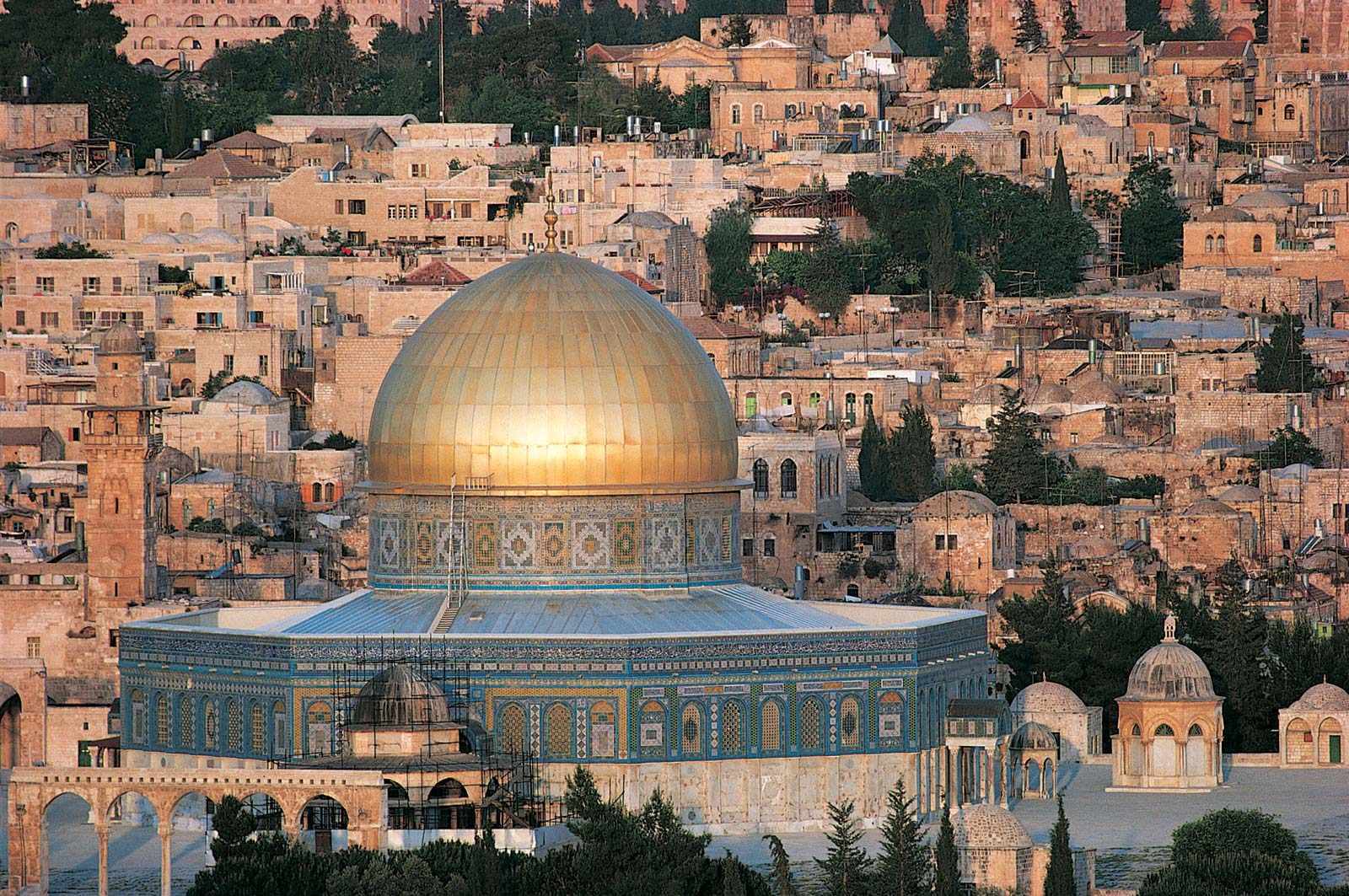
Sources:
Josephus, Antiquities of the Jews (Book XV, chapter XI)
Josephus, The War of the Jews (Book V, chapter VIII)
Eusebius, The Life of the Blessed Emperor Constantine (Book III, chapter XXVII)
Yahweh’s Restoration Ministry: “The Lost Temple Mount”
Wiki: “Temple Mount”
Wiki: “Aelia Capitolina“